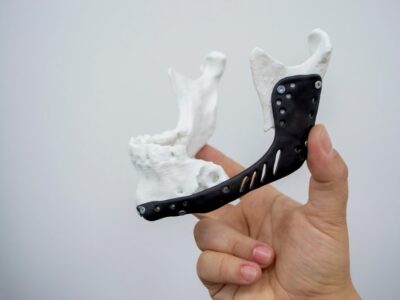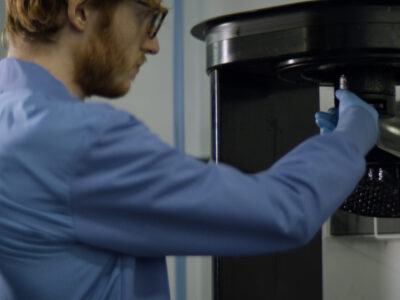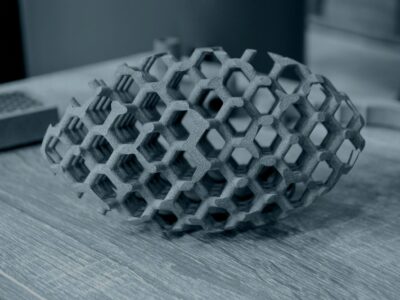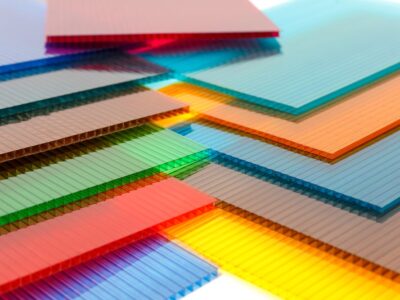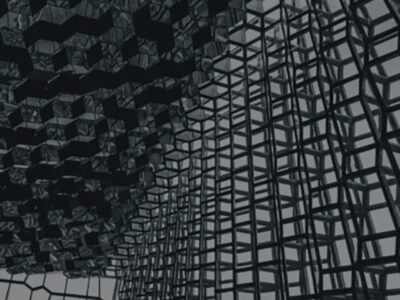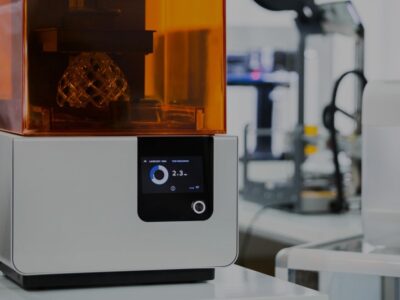Previously published on fastradius.com on November 9, 2022
Prototyping is an essential part of the product development process, but it isn’t just limited to rapidly-produced proof of concept models. Prototyping also comes in handy throughout various phases of a project’s development, including engineering, quality assurance, focus testing, and marketing.
Prior to the introduction of 3D printing, the production, assembly, and presentation of functional prototypes was a long, expensive, and sometimes impossible process. Today, however, a range of 3D printing technologies has made those processes quicker and easier, with both the cost of part production and assembly times reduced significantly. Even with the benefits that 3D printing brings to the prototyping process, it’s still important to understand how it can be optimized during prototyping, so that your project comes together on time, even when you’re facing a critical deadline.
3D Printing Prototyping Phases Explained
Product Conceptualization
The product conceptualization phase occurs early in the product development life cycle, and involves the relatively swift creation of a model that conveys a design idea. In this phase, speed is a top priority, which makes 3D printing the perfect technology to bring your designs to life.
During production conceptualization, a 3D printer can be used to quickly build one (or several) prototypes to help sell an idea to internal and external stakeholders, and to develop a sales model. These physical mockups will vary in cost depending on materials used and by production requirements. A prototype printed from polylactic acid (PLA), for example, will cost less than one made from ULTEM (PEI). Similarly, while a prototype printed with a taller layer height will be faster and less expensive to produce than one with a shorter layer height, it will look less polished.
Proof of Concept Demonstration
Proof of concept prototypes are essentially working models that demonstrate functionality and prove that your design will fulfill its intended purpose.
A proof of concept prototype does not need to be produced with the same aesthetic standard as a finished product. During this phase, the emphasis should be on functionality; to save time and money, you may be able to use off-the-shelf components in your proof of concept model, or make the model with a slightly larger layer size than you would for a more advanced prototype.
While it is possible to use fused deposition modeling (FDM) for proof of concept prototypes, it may be best to use an additive process that offers a little more accuracy, such as Carbon® Digital Light Synthesis™ (DLS) or HP Multi Jet Fusion (MJF). For some prototyping projects, it may even make sense to look beyond additive and explore different manufacturing processes during the proof of concept phase.
Industrial Design Implementation
The industrial design implementation phase is when you evaluate the ergonomics, aesthetics, usability, and scale of your prototype so that it will closely simulate your final product.
During this phase, it’s important to use a similar material to your final product in order to better understand its overall ease of use, appearance, and ergonomics. For example, you might use FDM to create parts with the same thermoplastic materials that you would use in the injection molding process so that you don’t need to create an expensive and time-consuming mold but can still get a sense of the look and feel of your final product. Similarly, you might opt to use an HP MJF printer to 3D print a nylon part and coat it with nickel as a finishing process, instead of CNC machining an entirely metal prototype.
Functional Testing and Feedback
The functional testing and feedback phase is when you create functional prototypes to see if your product will actually work.
Functional prototypes generally require end-use durability and a higher-quality surface than parts produced in earlier prototyping phases, and can be sent out for stakeholder feedback in order to improve designs for your next iteration. A hybrid of proof of concept and industrial design prototypes, functional prototypes can be used to test everything from thermal performance and aerodynamics to mechanical performance and properties. Since stakeholder feedback often leads to additional design revisions, it’s best to create functional prototypes before investing in costly tooling in order to avoid mistakes and modifications that stretch your budget and project timeline.
Pre-Manufacturing Research Modeling
The pre-manufacturing research modeling phase refers to the creation of research prototypes that look and function like the finished product.
Creating research prototypes, enables critical stakeholders and early adopters to experience your product before the final version is released. Pre-manufacturing research prototypes will be more refined than functional prototypes, yet produced in lower volumes than final production runs. Feedback from stakeholders and early adopters during this phase could mean additional design changes.
Pre-manufacturing research prototypes also enable you to assess parts in the context of design for manufacturability (DFM) or assembly, and then optimize your design for high-volume production. Even the slightest change in product design can significantly impact costs, particularly when dealing with high volumes of parts.
The Advantages of Using 3D Printing for Prototyping
3D printing has plenty to offer when it comes to prototyping. Not only can you use 3D printed prototypes to better understand the form and function of your part, and to optimize your design accordingly, but you won’t break the bank creating them since there’s less need for expensive tooling than, for example, injection molding.
Speed is a notable advantage of prototyping via 3D printing. Instead of waiting weeks or months for a part (as you might with CNC machining or injection molding), a 3D printed prototype can be in your hands in days or even hours. The pace of 3D printing prototype production enables designers to swiftly move from iteration to iteration until a final design is perfected. 3D printers can also handle complex geometries: whether you’re creating a part with a hollow interior, holes, or moving elements, 3D printing is typically a reliable way to create functional, dimensionally-accurate prototypes.
3D printing technology also offers access to a wide range of industrial materials, from performance-grade thermoplastics to light-sensitive resins. That versatility can open up design possibilities for your prototypes: you could use 3D printing technology to create multi-material parts, for example, or use water-soluble support materials to achieve even more complex geometries.
Tackling the Prototyping Phases of 3D Printing With SyBridge
While 3D printing offers clear benefits during the various phases of prototyping, it may not make sense for you to invest in a 3D printer yourself. 3D printing requires a significant investment in equipment and materials, and requires a level of additive manufacturing technical expertise that might be similarly costly to acquire. With those considerations in mind, it’s entirely possible to minimize the financial and technical challenges of 3D printing by working with a manufacturing partner.
When you work with SyBridge, you’ll have access to cutting-edge 3D printing technology, an array of additive materials, and the skills you’ll need to deliver on your vision. Our team of expert designers and additive manufacturing engineers will guide you through the prototyping process, ensuring that you optimize your project for quality and cost during every phase. And getting your prototyping project started is easy: simply create an account and upload your design to get an instant quote.
Additionally, you’ll be able to explore different materials, run DFM checks, and store iterations of your prototype parts in the cloud. If you’re ready to get started but want to find out more about your 3D printing prototyping options, contact us today to speak with one of our experts to get the assistance you need to make your ideas a reality.

